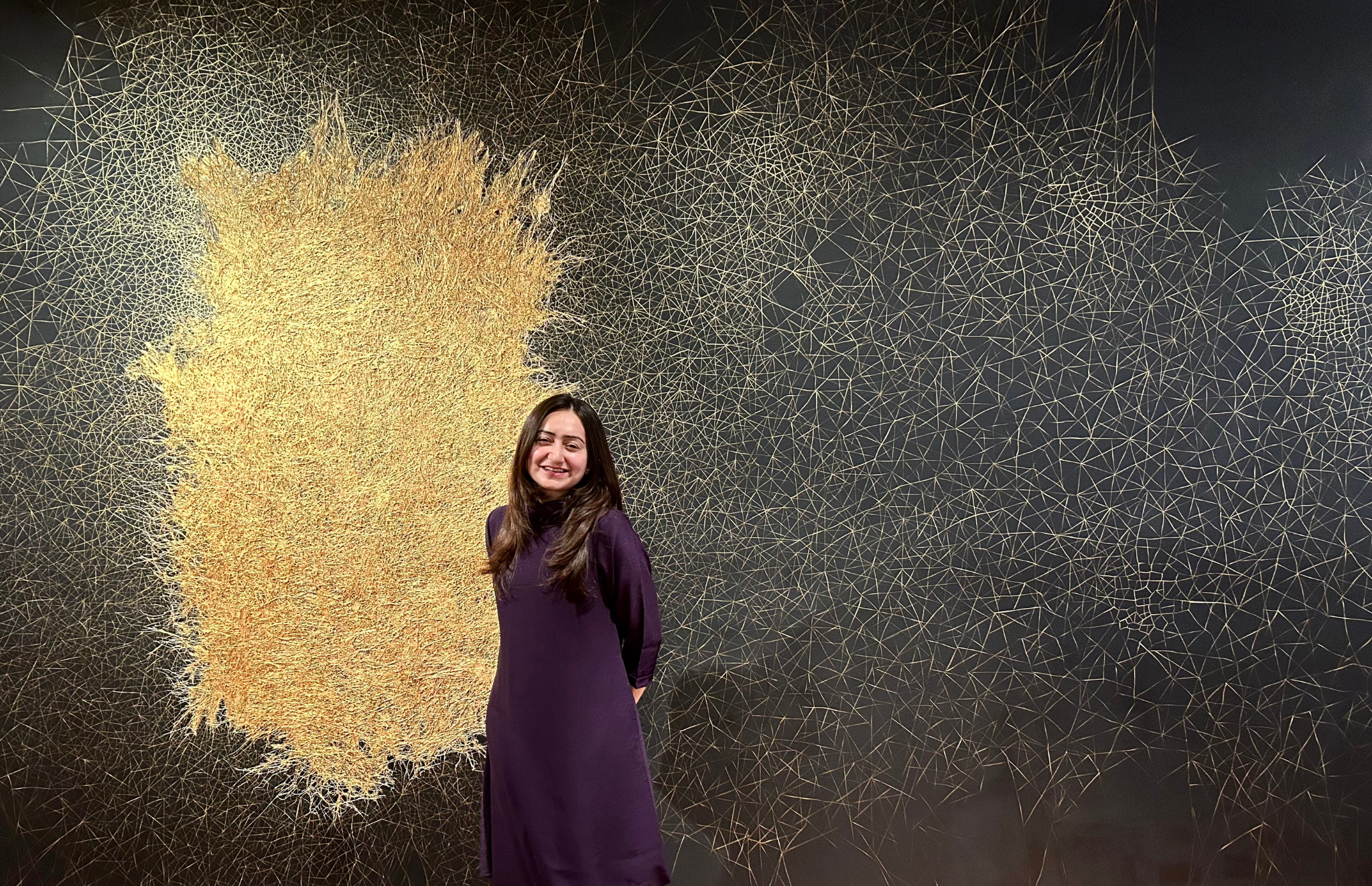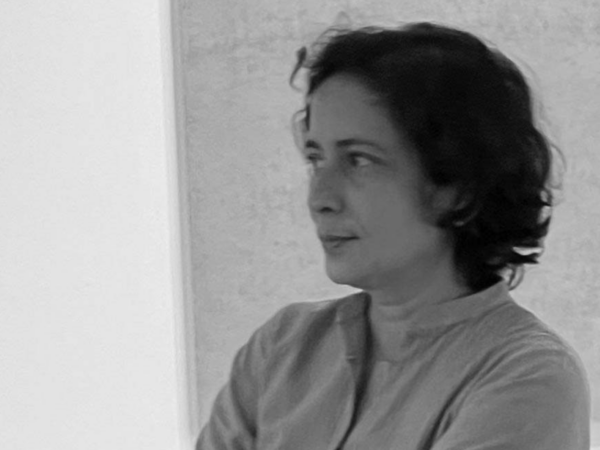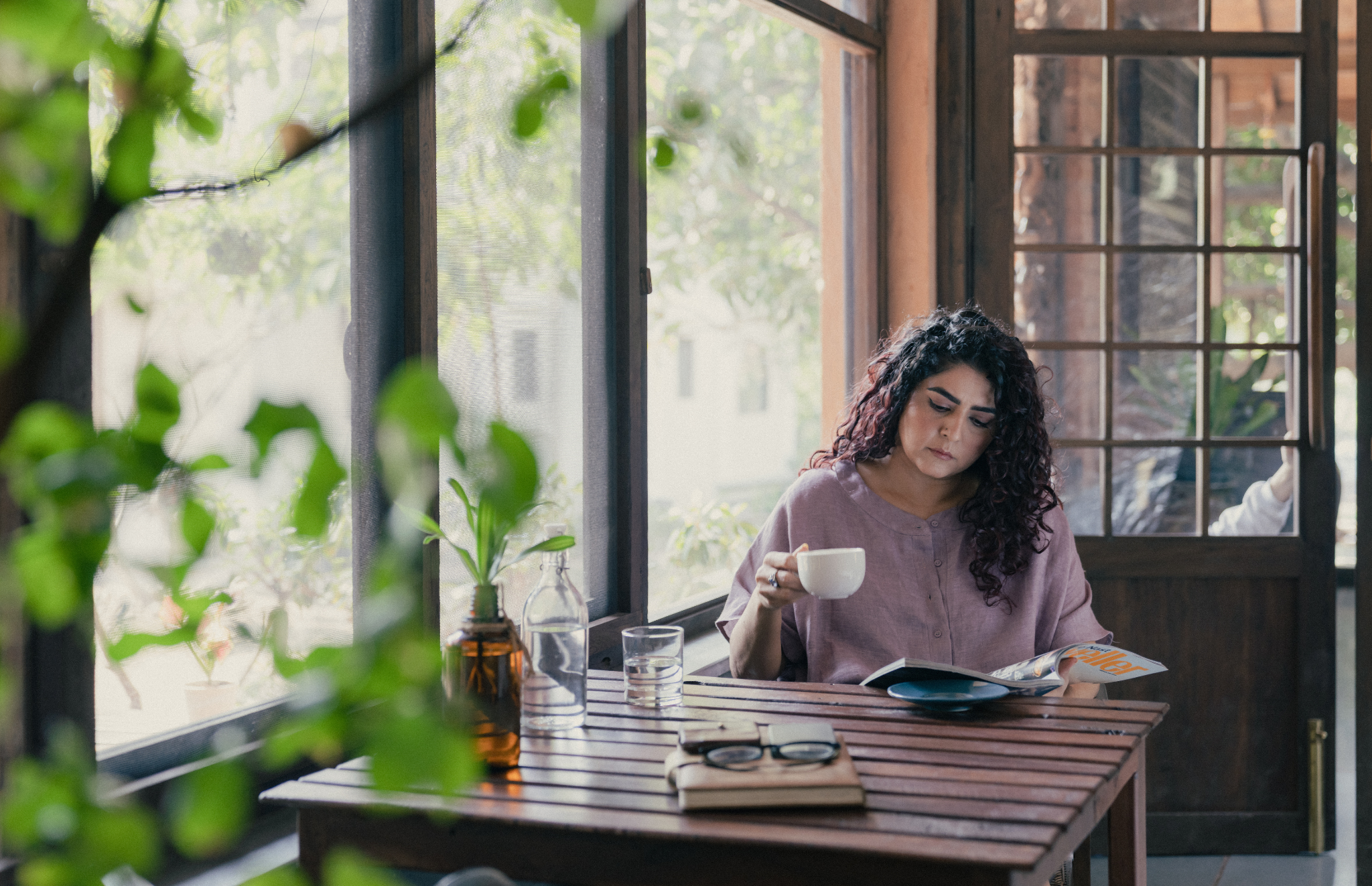Ranbir Kaleka spent his first five years in a village haveli, where he and his older brother were the only children in a large household. The days were spent in solitude, which led to an early engagement with internal dialogues, and his thoughts often evolved into imaginative stories. Using firewood coal from the kitchen, he would draw incessantly on the walls, capturing scenes from the house and yard — roosters, tractors, goats, bicycles, and even the dancing girls who occasionally performed for money. One of the most enriching aspects of his childhood was the nighttime storytelling by his uncles, with one often performing these stories solo. These experiences deeply influenced the development of his sensibility. Recognising his talent, Kaleka’s father declared that he would send him to art school. He went on to study at the College of Art, Punjab University, Chandigarh, and later at the Royal College of Art, London.

Photo credits: Zoo Yong Gyun
SP: How does an idea germinate in your mind and be realised into an ‘event’ within your artistic practice and fructify into a work of art?
RK: The question to ask is where does a work of art come from? It comes from living life, from what impacts you. It takes from art history, cinema, literature, poetry, theatre or even stories told by people — art is an amalgam of all of these. We see a slow destruction of life around; all over the globe, current political situations, as well as events of the recent past affect one deeply. All these leave an imprint on an artist, a writer, a filmmaker or a poet. Fear, elation or any spectrum of emotion or feeling has to be genuinely felt by you in the making of an artwork. So, the urge to make the work has to come from within the artist.

Photo courtesy: Latitude 28 and Ranbir Kaleka
Over the years, what has not changed is what I want from my work: there is a process of meaning-making where I arrive at an ‘event’. The ‘event’ is more a psychological state which employs images that have a universal familiarity and tap into our collective sense of memory. In painting, the ‘event’ may be created through a configuration of people and objects. The stance of the body, the trajectory of the eye, the texture of surfaces, the vigour or otherwise of the painter’s hand all contribute towards creating what I call an ‘event’ , the reading of which is not linear and not necessarily temporally or geographically specific but carries the physiological buzz of familiarity or an emotional twinge of recognition.
One major visible difference from my early work as a student to now has been the use of colour. From a range of greys, I started to push colours to the threshold of garishness. I felt that it was possible to produce a kind of sophisticated kitsch which is complex and nuanced. Earlier nearly all my work seemed as if it belonged to an ‘enclosed interior’. Those recesses began to slowly open up wider with access to the ‘outer space’ although this ‘enclosed interior’ continues to interest me very much.
Over the years, I have also been looking at art forms of other cultures and acquiring a larger visual repertory. I like inventing metaphorical events as well which are not culturally specific. I create a fictional space that is closer to the experience of the ‘event’.
An ‘event’ is a potentiality of possibilities. It is in fact a ‘non-event’ as nothing apparently happens. But something is happening or has happened or going to happen.

Photo courtesy: Gallery MMB, Goethe-Institut / Max Mueller Bhavan Mumbai and Ranbir Kalela
SP: Your work has been part of numerous exhibitions, for instance, ‘Feminist Avant-Garde of the 1970s’ and ‘Angels of Anarchy’. How do you perceive your role and impact within the broader feminist art movement?
PS: I never labelled my work as ‘feminist’ as such, though I feel it is primarily engaged in the liberation of the feminine. I have taken a specific approach, distinct from much feminist initiative, in that I have sought to reclaim the female body and its right to pleasure as part of our empowerment. Understanding that we are all, male and female alike, composed of male and female elements, nevertheless I felt it was time for us to be recognised and respected for all we are, which includes, not excludes, our sexuality, our fantasies, our intuition, and our dreams. I did not want us to become more like men, in order to have their power in society — I wanted us to become more ourselves, more able to own our right to own our psychosexual beings, and that liberating those energies would be the key to healing our wounded selves. The degradation of the feminine in favour of the masculine has plagued our culture for a long time. It is time for her pride of place to be claimed, not only by the female of the species, but in the hearts and souls of men as well.

Photo courtesy: DAG and Ranbir Kaleka
SP: What drew you to explore themes of sexuality, mysticism, and femininity through self-portraiture and body imagery?
PS: My body is my temple. I wanted to find ways to communicate that truth, so lost to many in a secular society and where religious beliefs have shrouded the body in guilt and shame. I wanted to lift that veil and reveal a reborn sense of self which could mirror our inner potential once we remove these limiting and limited concepts. Sex can be sacred, not sinful. That is the freedom offered by the path of tantra, which I willingly embraced once I discovered this mystical tradition. It is the path of the Goddess, for it includes all and everything, spirit and matter, in its all-encompassing liberation.
So, all this I wished to inscribe on the canvas of my own being, and hold it up, like a mirror, for others to behold and see their own reflection looking back. I am the person I know best. I am the one with whose self-image I could be most ruthless, most candid. I am a woman, so that is the lens I view all through, that is the ground of my being, and I wanted to explore all its facets — both how I am seen and how I see myself. I am a multi-faceted jewel, a diamond squeezed from the raw coal of my earthly substance. I wanted to examine every facet, and that meant bringing forth the sexual/sensual and the mystical in trying to reach the essence of this feminine being and lay it bare.

Photo courtesy: Vadehra Art Gallery and Ranbir Kalela
SP: Your works like “Not Anonymous: Waking to the Fear of New Dawn”, “Guardians of Dystopic Garden” and “House of Opaque Water” touches upon pertinent topics that plague our society. How do you reconcile your artistic expressions with humanistic or people-centric themes like labour, citizenship, and liberalisation, while staying true to your craftsmanship?
RK: Works such as ‘Not From Here’, and ‘Man with a Quilt’ deal with labour and displacement of a citizen. These are very much humanistic concerns. As the artwork is not meant to be propagandist or an illustration of any one event, it has to be of necessity about the human condition, of humanity caught in a flux of unfavourable circumstances. The work needs to radiate radially in multiple directions.

Photo courtesy: DAG and Ranbir Kaleka
SP: What do you aim for your audience to experience when gauging your work?
RK: The viewer has to experience and read the work connecting it to her/his lived life and the formation of his internal life.
SP: Your works are replete with surrealistic elements. What symbolism do they hold in your overall practice? How do they contribute to your artistic expression?
RK: I would say my work has only a discreet love affair with surrealism, it is closer to magic realism although I don’t think of any schools of art when making my artworks. Generally, I want my symbols to not be located in the specificity of any single culture. A symbol can have multiple meanings, it has the ability to unmoor itself from any specific historical time or place.

Photo courtesy: Latitude 28 and Ranbir Kalela
SP: What advice would you like to share with the young and emerging artists who are navigating the art world and finding their artistic voices?
RK: Look honestly into yourself, your inner life, to discover what reflects your individuality, what do you really feel about the world around you, only that will lead you to an authentic source for your art. Don’t arbitrarily choose a medium, least of all if you think that will make you a contemporary artist, allow the theme to manifest with the medium. You are made up of the past and the present. Whatever you make remaining honest to yourself belongs to your time, even if that time is futuristic. There will be moments of doubt and failures on your journey but you have to persist with your vision without subscribing to a rigid dogma.
Image Courtesy: Zoo Yong Gyun, Latitude 28, Gallery MMB, Goethe-Institut / Max Mueller Bhavan Mumbai, DAG, Vadehra Art Gallery, Latitude 28, and Ranbir Kaleka
Find out more about the artist and her artworks:
https://rkaleka.com/





